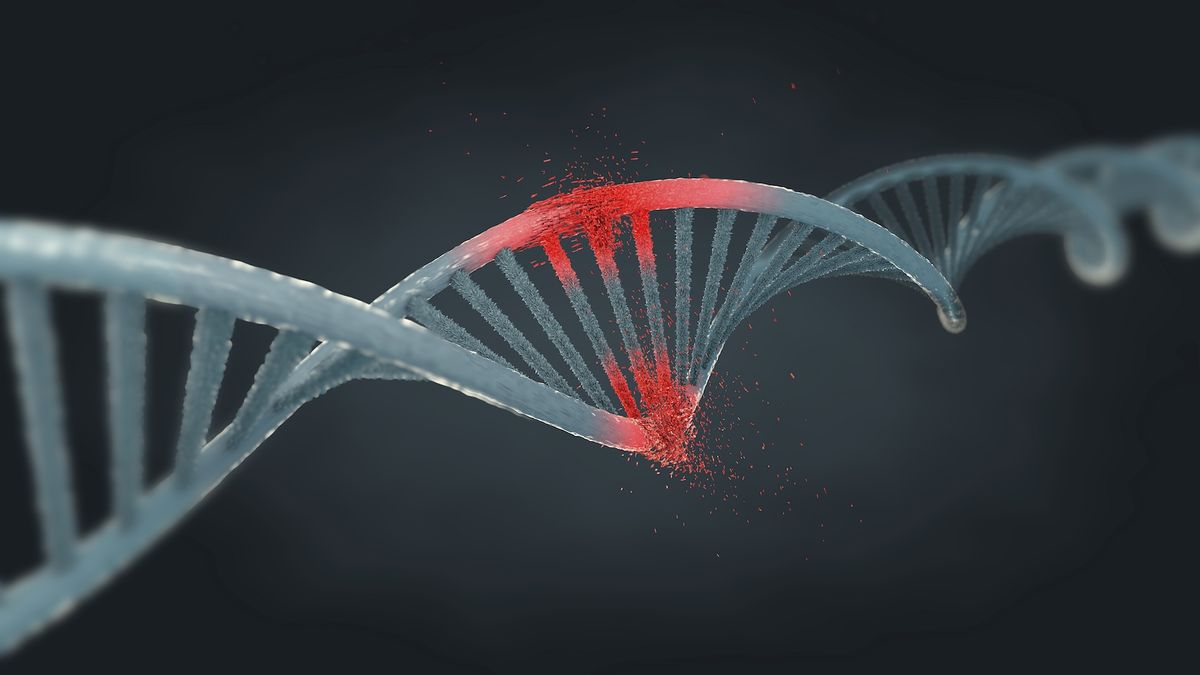Now Reading: Werner Syndrome: The Rare Disorder Behind Early Aging
-
01
Werner Syndrome: The Rare Disorder Behind Early Aging
Werner Syndrome: The Rare Disorder Behind Early Aging

Rapid Summary
- Disease Name: Werner syndrome, also known as “adult progeria.”
- Prevalence:
– Worldwide: ~1 in 100,000 live births.
– In Japan: ~1 in 20,000 to 40,000 people.
– In the U.S.: ~1 in 200,000 people.
- Causes: Caused by mutations in the WRN gene responsible for DNA repair and telomere maintenance. Over 80 mutations have been identified. It is indeed inherited through an autosomal recessive pattern (both parents must pass defective copies of the gene).
- Symptoms:
– Slow growth and thin build during childhood.
– Premature graying/loss of scalp hair by age 20; sparse body hair due to hypogonadism affecting sexual organ advancement.
– Loss of fat under skin, muscle mass, and bone density; stiffening of soft tissues and calcification in corneas.
– High-pitched voice due to vocal cord atrophy; “pinched” face appearance with prominent eyes/beaked nose.
– Health issues include type 2 diabetes, atherosclerosis (hardening arteries), cataracts (early age-related clouding), specific cancers like melanoma or thyroid cancer. Median lifespan is early to mid-50s but improving slightly with treatments.
- Treatments: No cure exists – management includes lifestyle changes for diabetes/heart health or surgical treatments for related complications like cancer. Genetic testing and counseling can identify carriers and assist couples planning childbirth via IVF with preimplantation genetic screening.
Indian Opinion Analysis
India’s population diversity raises significant questions about disease prevalence linked to localized genetic factors such as the “founder effect,” which amplifies conditions like Werner syndrome within smaller genetically isolated communities. while Werner syndrome remains rare globally-and likely even less common across India-cases could emerge among tightly clustered populations where consanguineous marriages are practiced more frequently.
The broader implications lie in India’s healthcare system’s ability to address rare diseases effectively amidst resource constraints targeting larger public health challenges like diabetes or cardiovascular conditions already prevalent nationally. Strengthening genomic research infrastructure would help track relevant mutations among diverse groups while enabling early interventions through screening or patient education programs.
Fostering partnerships between India’s scientific research bodies and international organizations studying progeroid syndromes can yield collaborative advancements that benefit afflicted individuals worldwide while contributing valuable data from unique Indian demographics.
Read more: Werner Syndrome Overview




























